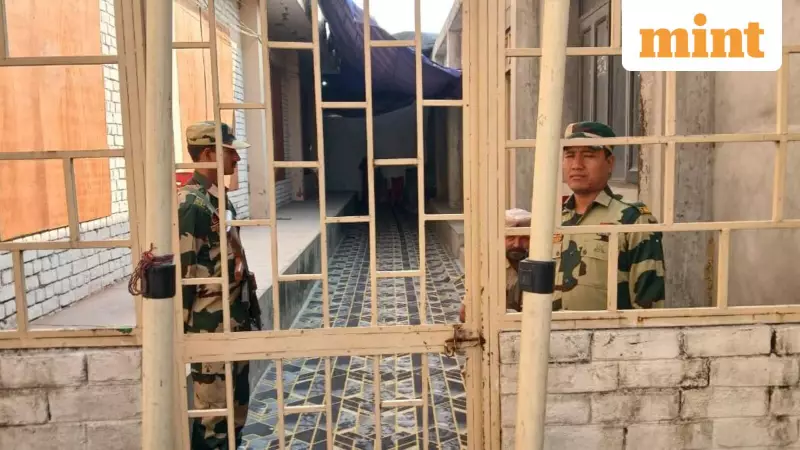
The political fate of candidates contesting in crucial Assembly by-elections will be determined today as vote counting commences across multiple Indian states. These bypolls, conducted on November 11, covered eight constituencies spanning six states and one Union Territory, addressing vacancies that emerged earlier this year.
Widespread Participation Across States
Voting took place in diverse regions including Jammu and Kashmir, Rajasthan, Jharkhand, Telangana, Punjab, Mizoram, and Odisha. The electoral exercise witnessed varying levels of voter engagement, with some constituencies demonstrating exceptional participation while others showed more modest turnout figures.
Mizoram's Dampa constituency recorded the highest voter participation at an impressive 82.3%, setting the benchmark for democratic engagement. Close behind was Rajasthan's Anta constituency, where 80.3% of eligible voters cast their ballots, demonstrating strong civic involvement.
Constituency-wise Voter Turnout Breakdown
The electoral participation painted a diverse picture across different regions:
Odisha's Nuapada witnessed substantial voter enthusiasm with 79.4% turnout, while Jammu and Kashmir's Nagrota saw 75.1% of voters exercising their franchise. Ghatsila in Jharkhand recorded 74.6% participation, followed by Punjab's Tarn Taran at 61%.
The electoral engagement was comparatively lower in Budgam, Jammu and Kashmir, where exactly half of the electorate (50%) participated, and Telangana's Jubilee Hills, which saw 48.5% voter turnout.
What Prompted These Bypolls?
The necessity for these by-elections arose from different circumstances across the eight constituencies. In Budgam, the resignation of prominent leader Omar Abdullah created the vacancy, while in Rajasthan's Anta, the disqualification of Kanwarlal necessitated the bye-election.
The remaining six constituencies went to polls following the unfortunate demise of their sitting Members of Legislative Assembly (MLAs), creating constitutional requirements for fresh elections to fill these positions.
As the counting process unfolds today, political parties and citizens alike await the outcomes that could potentially influence state-level political dynamics and governance structures. The results will determine representation for these constituencies until the next general Assembly elections.





